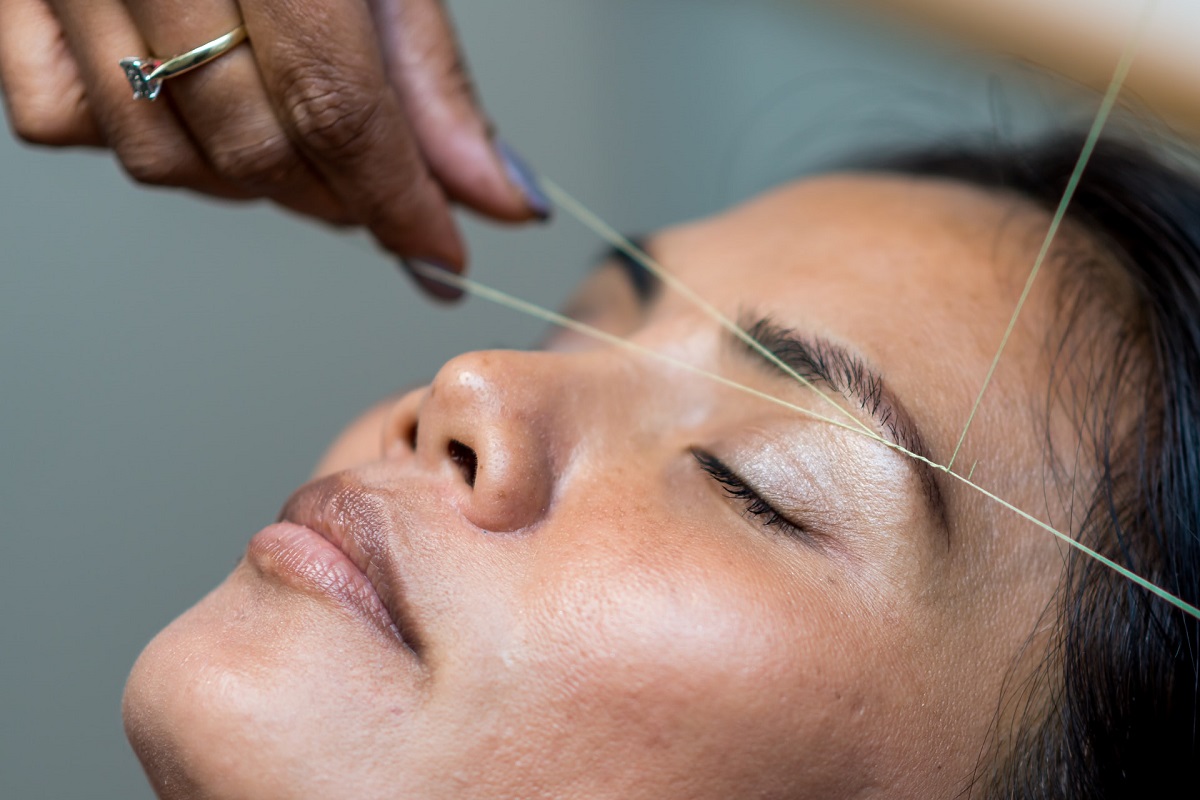There is no doubt that the beauty industry is ever thriving with people desiring to improve their appearance. Suppose you happen to be interested in beauty. In that case, it is reason enough to pursue a career in it, especially if you’re planning to work immediately after high school. One of the most viable is being an esthetician.
While you are young, you can make the most out of your time to explore the broad field of aesthetics. And, when you find what you fancy later, you can focus on a specialty. Aesthetics can be divided into the following branches, with the training period and courses vary from each other.
Facial Specialists
Facial specialists do more than just cleansing and massaging the face. A facial session involves following a sequence of treatments. This can include facial steaming, extracting deep-seated dirt, treating it with nourishing oxygen, skin-tightening radiofrequency, and a moisturizing mask, among others. A facial specialist assists a dermatologist who prescribes the appropriate treatment for a client’s specific skin concerns.
To become a facial specialist, you must study various degrees of pressure your hands could exert on the face when cleansing or massaging the face. You must know what types of blemishes you would instead tackle with sterilized extraction tools or leave untouched to prevent scarring on the client’s face. That said, you should have at least basic knowledge of common skin conditions, including the different types of acne, what causes them, and how to treat them.
Moreover, you must learn how to prepare, apply, and remove skincare products like cleansers, chemical peels, scrubs, moisturizers, serums, and masks. You must also learn how to operate assistive machines like microdermabrasion and radiofrequency machines. Becoming a certified facial specialist usually requires one to take a 600-hour-long course.
Hair Removal Specialists
All things body hair is handled by hair removal specialists. To be one, you must be skilled at the different methods of hair removal. You should have practiced these on actual clients to better familiarize yourself with different hair densities and growth rates. You can enroll in a PDO thread workshop to learn how to safely remove hair in a classic and chemical-free way.
You have to know what’s best to recommend to clients depending on their hair removal needs and the body part they want to be hair-free. Threading is usually done on less bushy areas like the eyebrow and the mustache area of ladies. If a client’s facial peach fuzz bothers him, you can recommend threading, shaving, waxing, or dermaplaning it.

For areas with thicker hair growth like the legs, chest, and back requiring more intensive care, waxing or laser treatment is best suited. Brazilian waxing is recommended for the more sensitive external genitalia and part of the buttocks.
Qualifying as a provider of threading services requires you to undergo a 6-hour course and 20 hours for waxing. Relatively longer is the training for laser hair removal, which goes up to two weeks.
Spa Therapists
If you can create the most relaxing ambiance in a room, becoming a spa therapist may be right down your alley. To train and become one, you will need to learn how to use the different tools for aromatherapy. This can include essential oils, incense, and diffusers to restore the balance of the brain, body, and spirit.
You also must learn the various pressure points for massaging the body. You need to know the proper rubbing and pressing methods that will best relieve pent-up tension in the muscles and joints. The most common massage modalities are Swedish, Shiatsu, Thai, and hot stone. In addition, you must learn alternative procedures for muscle recovery like cupping and acupuncture. To learn all these, you will need to attend an accredited massage therapy program that runs for as long as 1,000 hours.
Makeup Artists
Many women would instead be made up in a salon for special functions like weddings or company parties. Doing so can achieve that spotless look that would not cake up hours into the event. Learning makeup involves the different brushes, color palettes appropriate for the time or formality of an event, and application methods to ensure the makeup stays long on the face.
You can choose to work for a salon or focus on providing home services. This way, you can learn further about the trade and what setup best fits you.
Helping people achieve their aesthetic goals and see them satisfied with their renewed looks can be fulfilling for you. Pursue a career as an esthetician is just the first step. The moment you start catering to client needs, you will realize how more learning opportunities will open with emerging technologies and beauty trends.